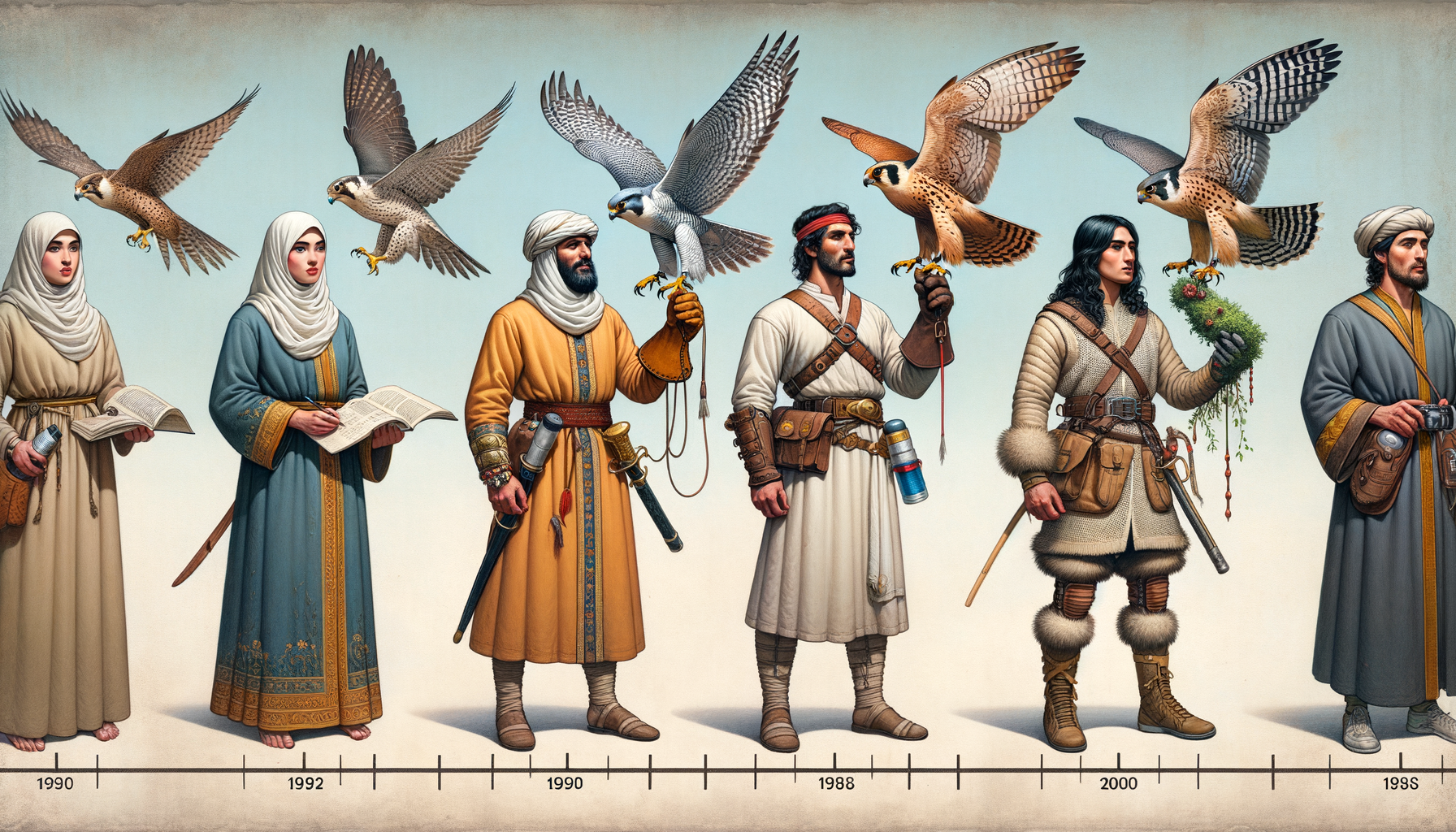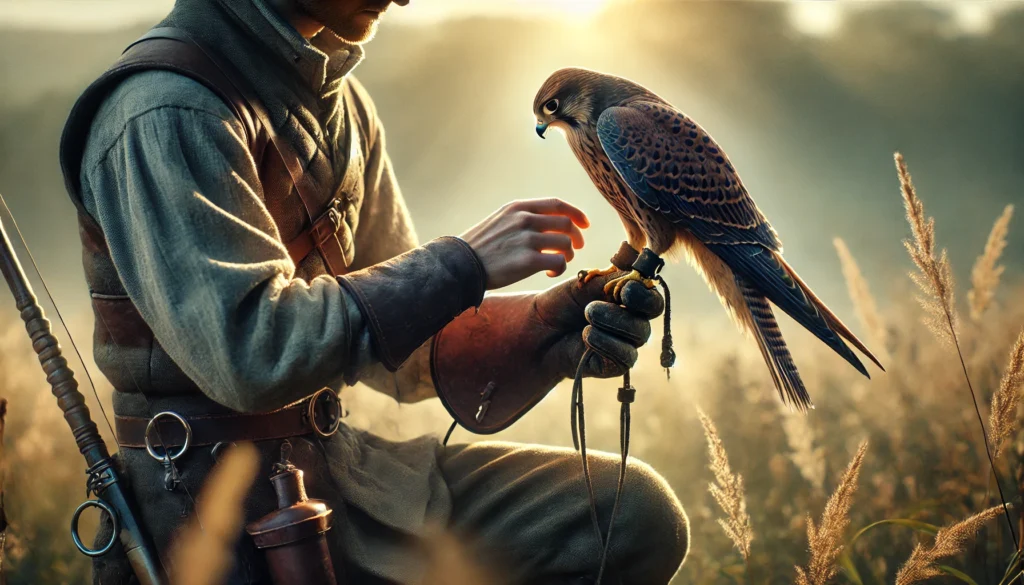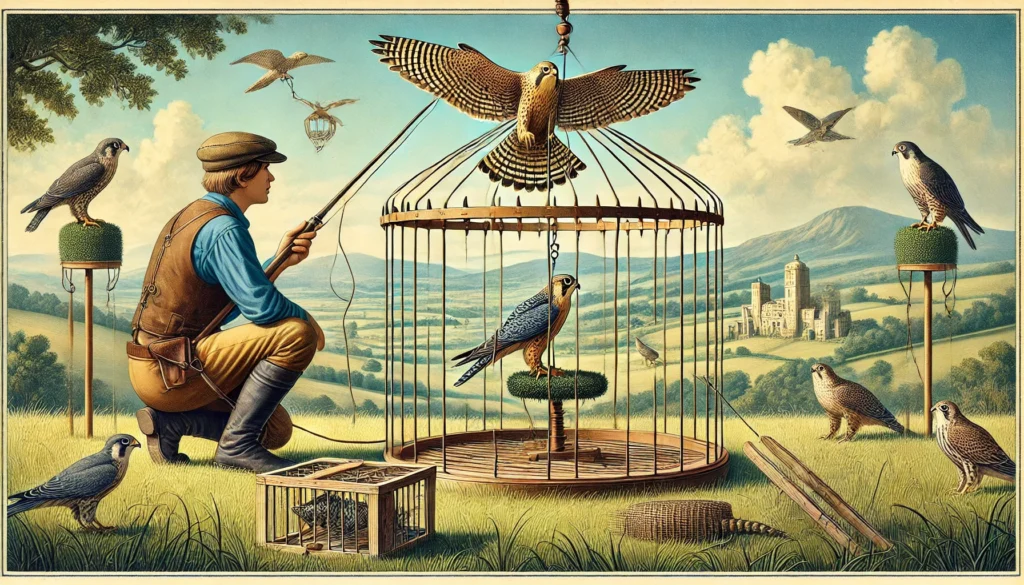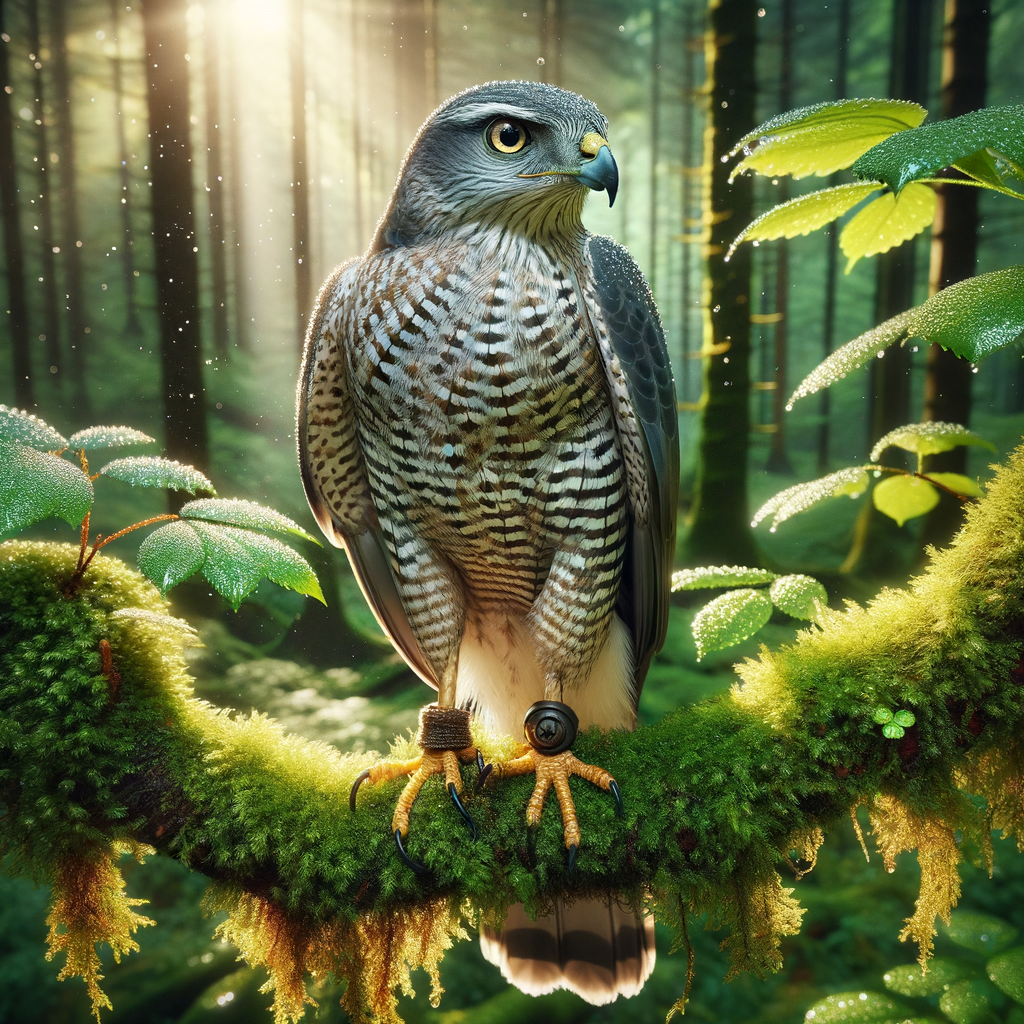Evolution of Falconry Techniques
- Historical Progression: Falconry, an ancient practice of training birds of prey, has evolved over centuries.
- Innovative Methods: New training techniques have been continuously developed to improve bird-handling skills.
- Cultural Significance: Falconry holds significant cultural value and is practiced worldwide.
- Bird Health and Welfare: Emphasis on the well-being and health of the birds is paramount.
- Use of Modern Technology: Incorporating advanced technology helps in monitoring and training birds efficiently.
- Environmental Adaptations: Techniques are adapted based on different environments and regions.
- Community and Knowledge Sharing: Falconers share knowledge to improve practices and techniques collaboratively.
Unveiling the Evolution of Falconry Techniques: A Journey Through Time
Hello, fellow falconry enthusiasts! At Learn Falconry, we’re super excited to take you on an incredible journey through time, exploring how the age-old art of falconry has evolved over the centuries. Imagine sitting in a cozy pub in Ireland, sipping on a warm cup of tea while listening to tales of brave knights and their majestic falcons soaring through the sky. That’s the vibe we’re going for here—a blend of fascinating history and practical wisdom.
Picture this: Just like the Irish have perfected the art of storytelling over centuries, falconry techniques have been honed and refined by passionate practitioners dedicated to this majestic partnership between humans and birds of prey. From ancient methods to modern innovations, understanding this evolution not only enriches our appreciation for this noble sport but also equips us with the skills and knowledge to become better falconers today.
In this article, we’ll delve into the fascinating history of falconry, exploring different epochs and cultures that shaped the methods we use. You’ll learn about ancient techniques that have stood the test of time and new strategies that have emerged, enhancing the bond we share with these magnificent birds. Trust us, you won’t want to miss this discovery of how tradition and innovation have beautifully intertwined.
So, grab your favorite drink and settle in! You’re about to embark on an enlightening adventure through the ages, discovering the very soul of falconry and how it has come to be what it is today. Let’s get started!
Evolution of Falconry Techniques: A Journey Through Time
Falconry techniques have come a long way since their early days. The history of falconry techniques is rich and varied, reflecting the bond between humans and birds of prey over centuries. Let’s dive into how falconry methods have evolved and developed to what we know today.
Early Beginnings of Falconry Techniques
The history of falconry techniques dates back to ancient times. Ancient civilizations such as Egypt and Mesopotamia used birds of prey for hunting. Initial techniques were simple, focusing on basic training and the use of straightforward tools. Learn more about the ancient origins of falconry.
Development of Falconry Methods in Medieval Europe
During the Medieval period in Europe, falconry was considered a sport of the nobility. This era saw the refinement of many falconry methods that are still used today. Techniques such as hood training, where falcons are calmed with hoods over their heads, and the use of lures to simulate prey movement were perfected. Explore more about falconry in Medieval Europe.
Advances in Falconry Equipment
The development of falconry techniques often went hand-in-hand with advancements in technology and equipment. The creation of more sophisticated hoods, jesses (straps for holding birds), and telemetry (tracking devices) has greatly improved training and control. Discover more about modern falconry equipment.
Modern Day Falconry and Technology
Today, falconry integrates cutting-edge technology to track and monitor the birds. GPS trackers and advanced telemetry systems allow for safer training and hunting sessions. These innovations represent a significant shift from traditional methods, showcasing the evolution-falconry-techniques have made to adapt to new times. Read more about technology in modern falconry.
Falconry Methods Development Over Time
Falconry methods have developed immensely over the years, adapting to changes in society and advancements in technology. For instance, positive reinforcement techniques—where birds are trained with rewards like food—have become popular, along with clicker training. Learn about advanced training methods for falcons.
Impact of Culture on Falconry Techniques
Different cultures have influenced falconry techniques in unique ways. In the Middle East, falconry has been intertwined with cultural practices and traditions, enhancing the skills and techniques passed down through generations. Explore how Arabic culture has shaped falconry.
Conservation and Ethical Falconry
With the increasing awareness of environmental conservation, falconry has also embraced ethical practices. Techniques now focus on sustainable hunting and ensuring the welfare of the birds. Ethical methods include regulated hunting and breeding to help conserve endangered species. Read more about ethical falconry practices.
Conclusion
Falconry techniques have traveled a long, fascinating path through history. From the basic methods of ancient civilizations to the high-tech solutions of today, falconry continues to evolve. The bond between humans and these majestic birds of prey remains as strong as ever, thanks to continuous developments and cultural influences. Whether you are a beginner or an experienced falconer, there’s always something new to learn about the art and science of falconry.
Ready to dive deeper? Discover the comprehensive history of falconry techniques.
Discover the Evolution of Falconry Techniques
Falconry, an ancient sport with a rich history, has been practiced for over 5,000 years. From the ancient civilizations of the Hittites, Assyrians, and Egyptians, falconry has spread across continents, taking on new forms and improvements along the way. Let’s dive into how falconry techniques have evolved and what makes this sport so fascinating today.
A Glimpse into Falconry’s Ancient Practices
Falconry was initially a method of hunting for food, with ancient falconers training their birds to help catch wild animals. Over the centuries, the sport evolved into a royal pastime, especially along the Silk Road, and became recognized by UNESCO as an Intangible Cultural Heritage of Humanity in several countries.
Modern Falconry: Blending Tradition with Innovation
- Conservation Efforts:
- Falconry today plays a crucial role in wildlife preservation. Captive breeding programs help protect vulnerable raptor species, allowing for the development of hybrid birds that are more resilient to diseases and different climates.
| Species | Conservation Efforts | Notable Programs |
|---|---|---|
| Peregrine Falcon | Captive Breeding | Reintroduction programs in various countries |
| Saker Falcon | Genetic Studies | Saudi Falcons Club’s Hadad program |
- Training and Husbandry:
- Ancient techniques are still at the core of modern training, with daily routines to teach birds to hunt and respond by their names. The process remains a time-honored tradition, honed over generations.
| Technique | Description | Importance |
|---|---|---|
| Conditioning | Establishing proper hunting weight | Ensures the bird’s fitness and readiness |
| Free Flight | Allowing long-distance flying | Builds strength and stamina, essential for hunting tasks |
- Racing and Competitions:
- A contemporary twist to the sport, falcon racing pits the birds in high-speed competitions. Only captive-bred birds participate, ensuring sustainability and conservation.
| Event | Type | Key Objectives |
|---|---|---|
| Falcon Racing | Speed Competitions | Promoting skill, speed, and bonding between falconer and bird |
| Hunting Trials | Precision Contests | Testing hunting abilities and handler’s control |
- Environmental Focus:
- Modern falconers emphasize protecting wild populations. Competitions mandate the use of captive-bred falcons and support ecologically sustainable hunting alternatives.
- Rewilding and Habitat Restoration:
- Collaborations with conservation organizations are rewilding habitats, releasing species like gazelles and endangered bustards back into the wild.
| Conservation Project | Focus Species | Partner Organizations |
|---|---|---|
| Rewilding Arabia | Oryx and Gazelles | Saudi Falcons Club |
| Bustard Release | Houbara Bustard | Local conservation efforts |
Continuing the Journey
Falconry’s evolution reflects a perfect blend of ancient traditions and modern values. With an emphasis on sustainability and conservation, today’s falconers ensure this noble sport remains a cherished heritage for future generations. The story of falconry is a testament to human ingenuity, respect for nature, and the timeless bond between humans and birds.
The Ongoing Journey of Falconry
Falconry, with its roots stretching back over 5,000 years, continues to captivate and evolve through the centuries. From ancient civilizations like the Hittites and Egyptians to its spread along the Silk Road, falconry has adapted while keeping its core techniques largely intact. Despite downturns in popularity, the 1970s saw a revival, leading to modern falconry’s vibrant global community.
Today’s falconers are pushing boundaries with new conservation methods, breeding programs, and high-tech competitions, ensuring not only the sport’s survival but its growth. Initiatives like the Saudi Falcons Club’s Hadad program emphasize the importance of sustainability and respect for nature, aiming to protect raptor populations and restore habitats.
As falconry evolves, it retains the timeless principles of skill, patience, and respect for these magnificent birds, proving it’s not just a sport, but a living heritage. Whether you’re drawn by the tradition, the conservation efforts, or the exhilarating competitions, falconry invites you to be part of its remarkable journey. So, spread your wings and explore the ancient yet ever-evolving world of falconry with Learn Falconry.



